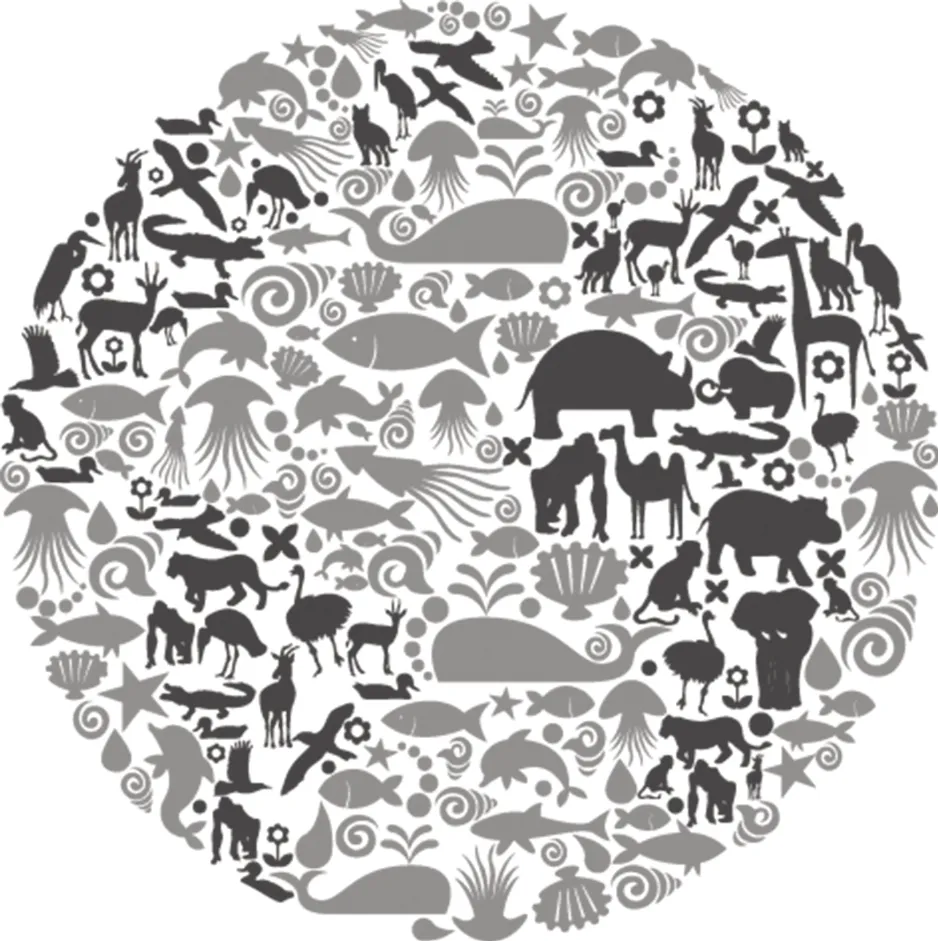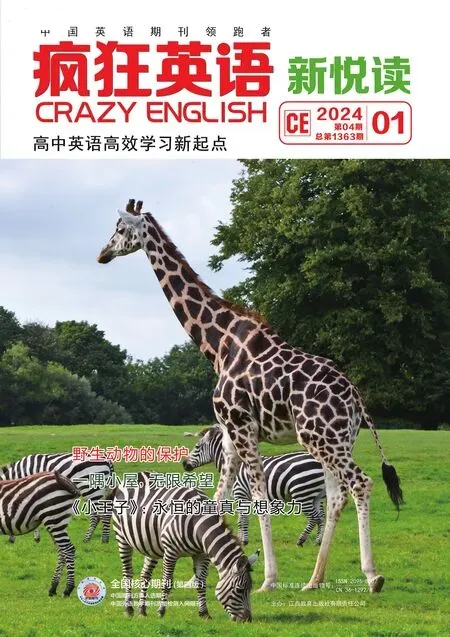Save tortoises
山东 郝雯雯
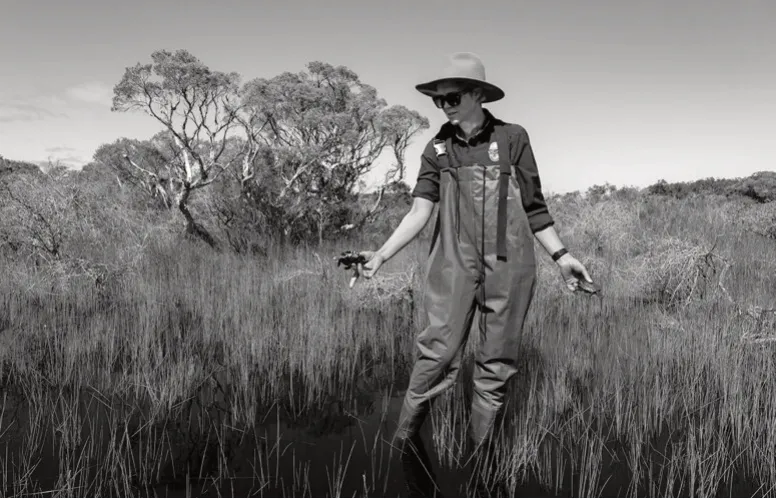
1In a remote national park on Australia's most southwestern tip, a lone radio tower stands above a quiet wetland.Every five seconds,it col‑lects signals from a few dozen young tortoises hiding out beneath the glassy waters.The tiny tortoises don't journey far, but researchers are tracking their every move.The fate of a species—one of the most endangered in the world—might depend on these data.
2There are fewer than 70 adult western swamp tortoises living in the wild in two small wetland reserves north of Australia.These spots are all that remains of the crea‑tures' native habitat, and they are drying out, owing to rising temperatures and a reduction in rainfall.So,in August last year,scientists selected 41 baby tortoises from a breeding pro‑gramme in a zoo and released them into this national park, some 330 kilometres south of where the tortoises are naturally found.The aim is to see whether the animals can tolerate cooler climates,and whether this new habitat might ensure the species'future as the planet warms.
3This experiment is part of a series of closely monitored field trials testing one of the most controversial strategies for saving a species—a concept called assisted migration.The tortoise is thought to be the first vertebrate (脊椎动物) to be moved beyond its historical range because of climate change.
4Nicki Mitchell, a zoologist at the University of Western Australia, is leading the pro‑ject that is trying to save the tortoise.Her team is now on their fourth trial of releasing bred tortoises into selected wetlands to test the potential of assisted migration.It's a high-riskstrategy—and one that researchers have long debated.“It's a demonstration project for the world, and we particularly want to make sure there are no bad outcomes,”Mitchell says.
5Conservation biologists have long resisted assisted migration, mainly because intro‑duced species could become invasive pests, carry diseases or upend existing ecosystems.But attitudes towards assisted migration are slowly shifting as conservationists realize just how fast the climate is changing.Several projects are in the works now.
Reading Check
1.How does the radio tower help western swamp tortoises?
A.By presenting gathered data to researchers.
B.By reminding possible dangers in advance.
C.By guiding them to safer and better spots.
D.By checking the climate changes there.
2.Why did researchers put 41 baby tortoises in the national park?
A.To tell their differences from wild ones.
B.To study their living habits and adaptability.
C.To make out their lifespan in small wetlands.
D.To find out whether they can breed in a different environment.
3.What do we know about assisted migration?
A.It is strongly supported by most experts.
B.It makes introduced species die out soon.
C.It has been proved efficient and scientific.
D.It causes public discussion and disagreement.
4.What do we know about Nicki Mitchell?
A.Her attitude to assisted migration is unclear.
B.She is sure the program is a success.
C.She is uncertain of the future result.
D.She is a conservation biologist,too.
➢语篇解码
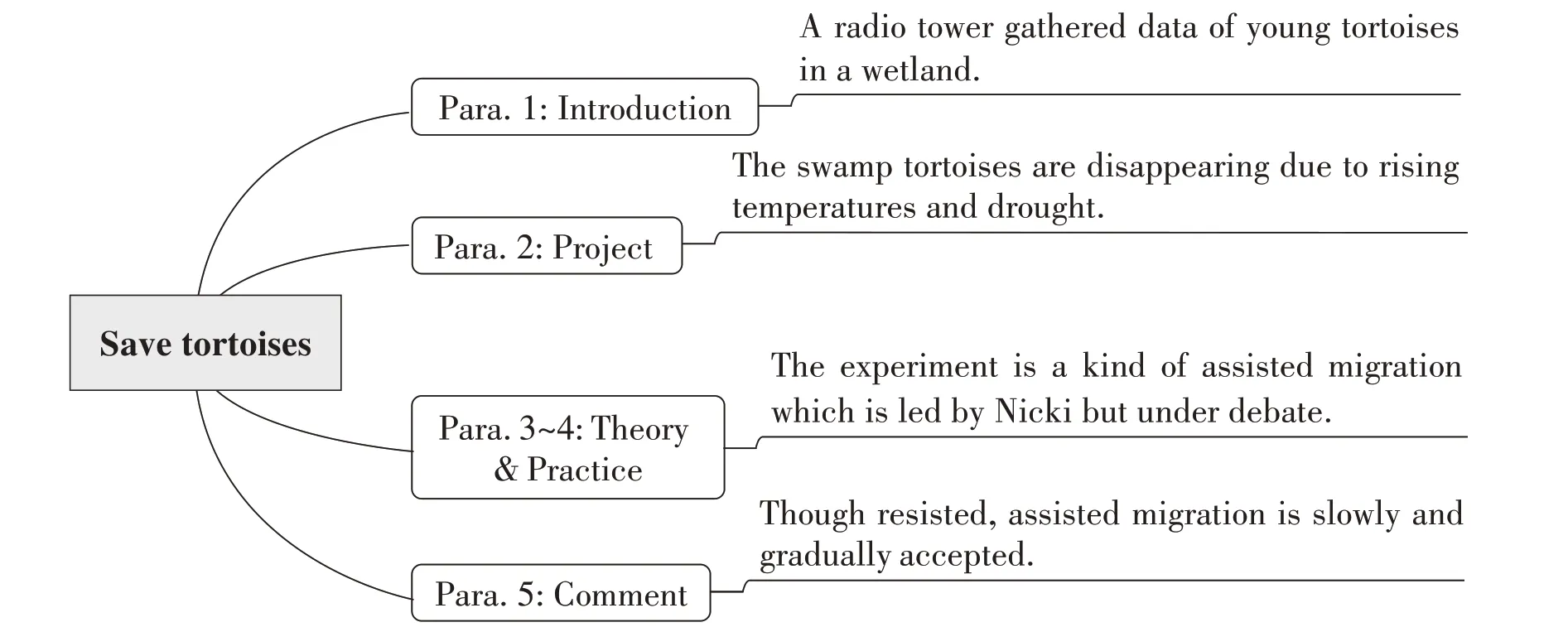
➢语言学习
Ⅰ.语料荟萃
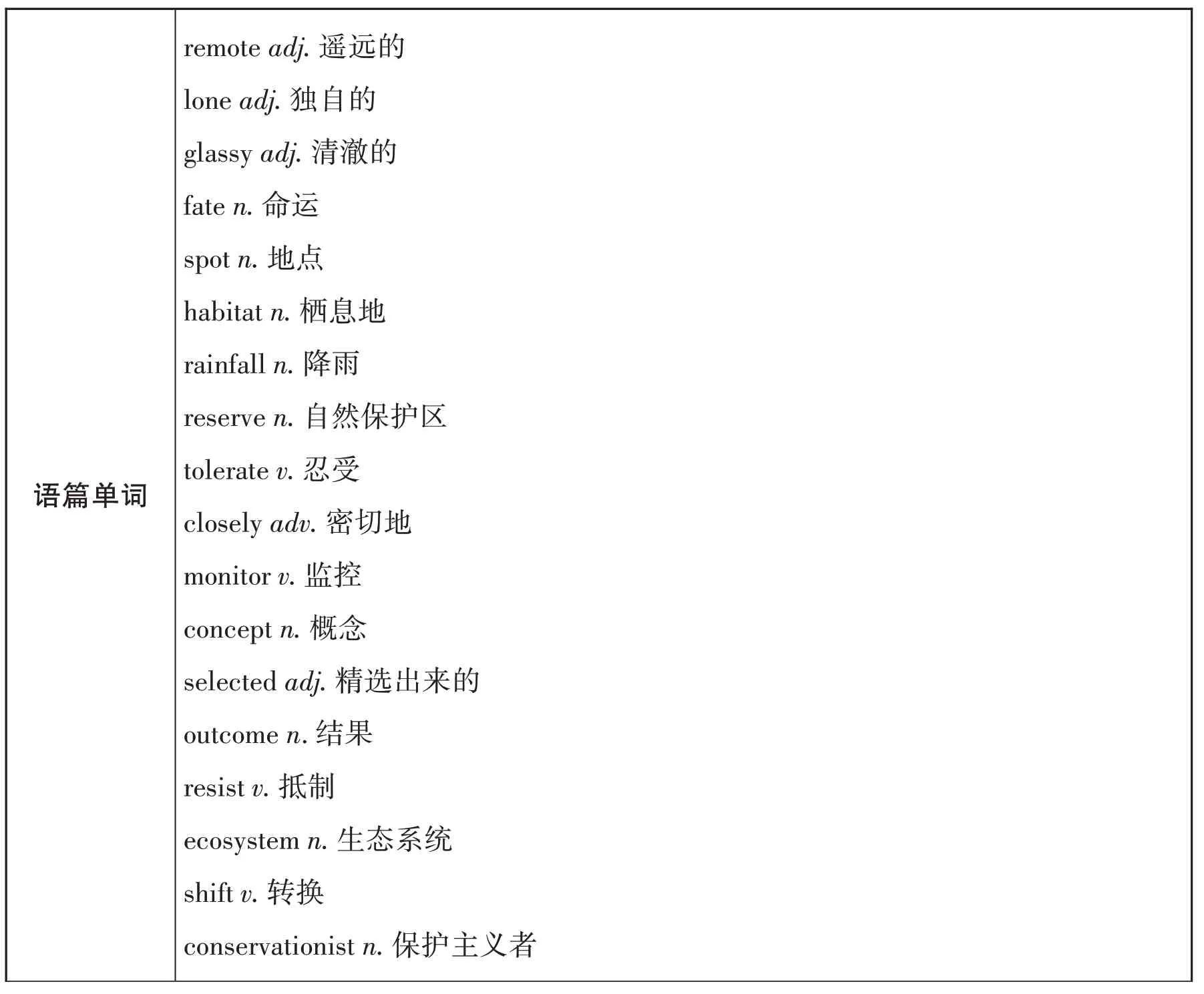
语篇单词remote adj.遥远的lone adj.独自的glassy adj.清澈的fate n.命运spot n.地点habitat n.栖息地rainfall n.降雨reserve n.自然保护区tolerate v.忍受closely adv.密切地monitor v.监控concept n.概念selected adj.精选出来的outcome n.结果resist v.抵制ecosystem n.生态系统shift v.转换conservationist n.保护主义者
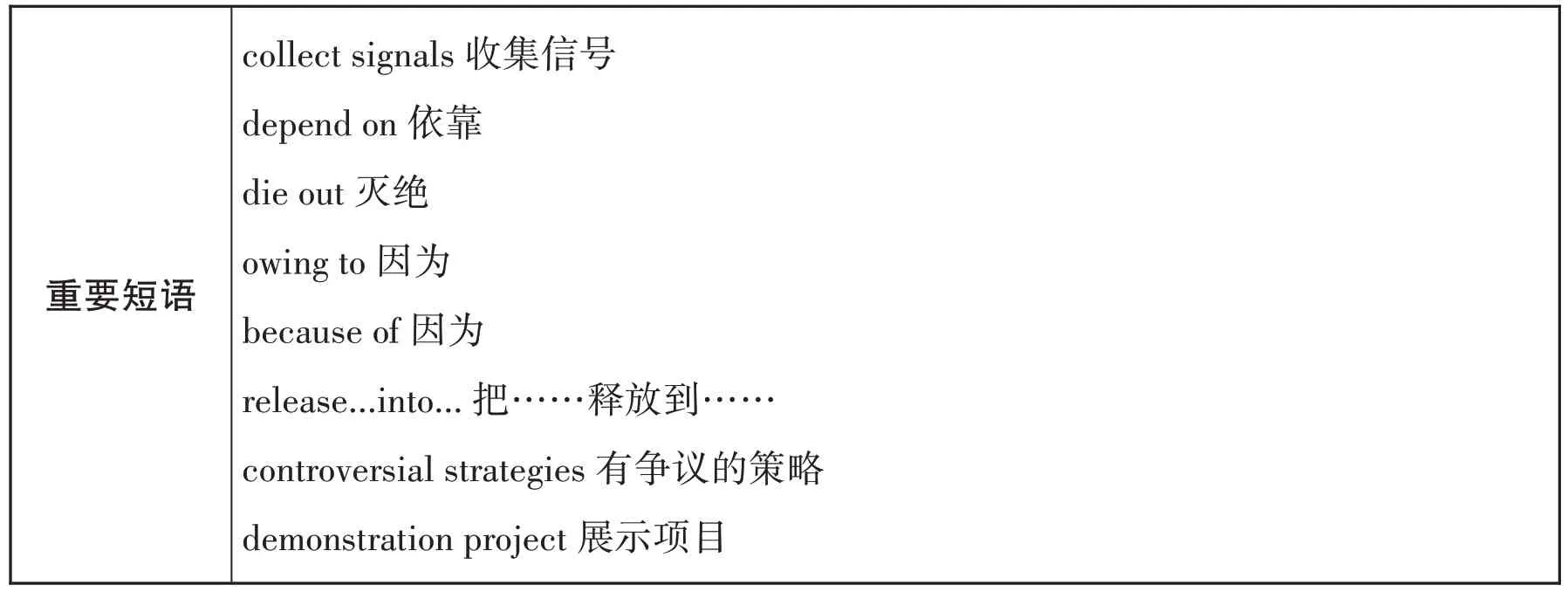
(续表)
Ⅱ.语句分析
1.There are fewer than 70 adult western swamp tortoises living in the wild in two small wetland reserves north of Australia.在澳大利亚北部的两个小型湿地保护区内,生活着不到70只成年西部沼泽龟。
【点石成金】本句使用了“There be”句型,句中的living in the wild in two small wet‑land reserves north of Australia 是现在分词作后置定语。
2.It's a high‑risk strategy—and one that researchers have long debated.这是一个高风险的策略,也是研究人员长期争论的一个策略。
【点石成金】本句是一个简单句,句中的that引导定语从句。
➢语言运用
Ⅰ.例句仿写
1.目的是看看这些动物能否从危险中生存下来,以及如何拯救它们。
The aim is to see ____________________the dangers,and ____________________.
2.有一个商业概念叫作机会成本,它与金钱并没有密切的联系。
There's a business concept called opportunity cost, ____________________money.
Ⅱ.写作实践
假定你是李华,你所在的学校计划举办主题为“保护动物”的海报设计比赛。请你用英语设计一张保护扬子鳄(Yangtze alligator)的海报。有关扬子鳄的资料如下:

______________________Yangtze alligator the Yangtze River in China fewer than 300 in the wild;adults fewer than 100 animals under first class state protection Habitat Population Protection
注意:
1.词数80左右;
2.可以适当增加细节,以使行文连贯。
____________________________________________
____________________________________________
____________________________________________
____________________________________________
____________________________________________
____________________________________________
____________________________________________
____________________________________________
____________________________________________
